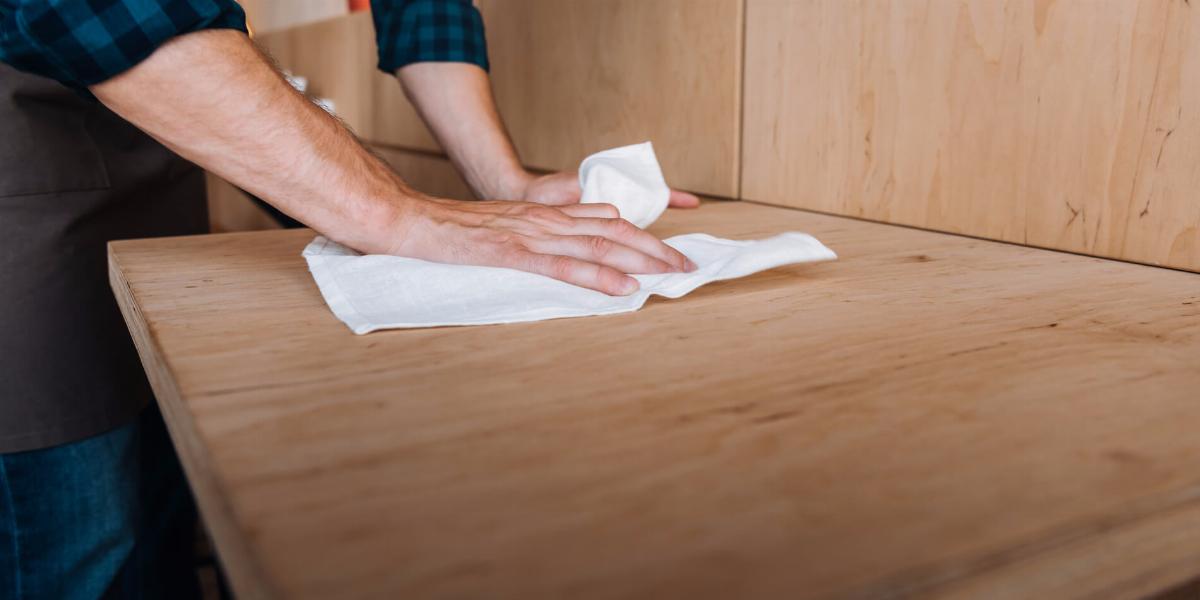
Breaking into the restaurant business takes hard work and determination, especially when it comes to restaurant maintenance. With so many nooks and crannies to clean, as well as equipment to maintain, the seemingly straightforward task of keeping a neat establishment can quickly become overwhelming.
That’s why you need a clear and detailed restaurant maintenance checklist that your staff can follow and your management team can enforce. With help from David Scott Peters of TheRestaurantExpert.com, we’ll show you how to make a checklist that actually works.
Get ready to say goodbye to the monthly “cleaning party” once and for all.
Maintaining a restaurant is a daily effort, requiring the help of every employee. That’s why you should use their knowledge and experience to create your daily opening and closing checklists:
“We give a blank checklist to the best employee in each position and ask them what should be done because I’m a firm believer that the person who does the job for eight hours knows the job better than anyone else in the building: where the dishes should be, what needs to be cleaned, etc.”
David Scott Peters | TheRestaurantExpert.com
Letting your best employees put together the maintenance checklist for your restaurant accomplishes two things: It empowers your workers by allowing them to set the standards and provides you with accurate checklists for each station in your restaurant.

Once your employees have filled out their checklists, it’s time for you to fill out your own. Walk around the inside and outside of your building and note anything else that will need attention. “From dust bunnies to grease tracks, gum out front, everything that drives you nuts – write it down,” says Peters.
During your walkabout, write down tasks that should be completed on a weekly and monthly basis as well.
“Monthly, we should probably be pulling all the equipment away from the wall and deep cleaning in the kitchen. We should be checking certain things we don’t pay attention to, whether it’s AC filters, double-checking our grease trap area, our dumpster, any of the bigger projects.”
David Scott Peters | TheRestaurantExpert.com
After you have inspected every square inch of your restaurant, combine your notes with the station-specific checklists. For example, add “scrape gum” to the closing checklist that will be used by the employee/station responsible for cleaning the tables at night.
Note: This is a good job to delegate to your general manager.
Before rolling them out, review your checklists and make sure each task is clearly defined. This is the most important part of creating a restaurant maintenance checklist because if you don’t spell out what your employees should be doing, you won’t get the results you want.
“If somebody doesn’t do it to our standards, it means our standard isn’t clear enough. For instance, the checklist could say 'clean bathroom.' What does that mean? Think about it this way, have you ever seen one of your employee’s apartments? What they think is clean isn’t your clean.”
David Scott Peters | TheRestaurantExpert.com
If you include a task like “clean bathroom” on your checklist, you should break it down into detailed action items. “It [should] say no water spots on mirror, no puddles on counter, trash must be emptied if 50 percent full or more. Specific and clear.” This way your employees know exactly what to do and your managers can hold them to it.
Instruct your managers to run through the new process with your employees to ensure everyone is aware of the new standards. Once your staff is onboard, it’s still on your managers to hold employees accountable. But now they’ll have clear instructions they can point to when tasks aren’t getting done.
“Great hospitality is when two guests only pay attention to each other, they want for nothing, but they don’t notice anything other than each other. So, when I see dead flies on the windowsill, I’ve just started to ruin the guest experience because now they’re paying attention to something other than each other.”
David Scott Peters | TheRestaurantExpert.com
A well-written checklist is essential both for maintaining your restaurant and maximizing your guests’ experience. If you put in the time and effort, you’ll be rewarded with a safe and welcoming environment that keeps your customers coming back for more.
Wondering what your checklist should look like? Here’s a quick example showing how much detail to include in your instructions.